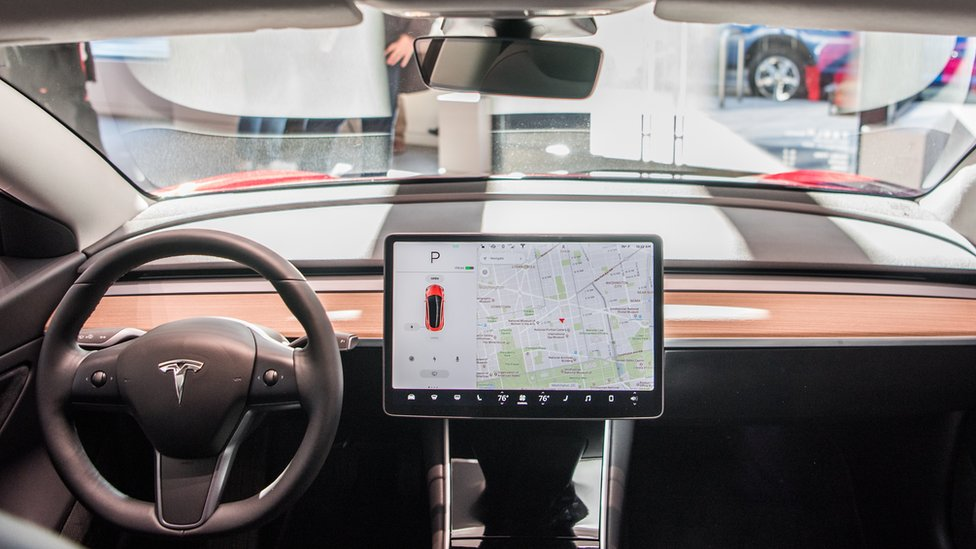In 2024, the landscape of urban transportation is undergoing a revolutionary transformation, driven by the convergence of artificial intelligence (AI) and electric vehicles (EVs). According to a recent report by Bloomberg Green, the global market for autonomous vehicles is expected to reach $173 billion by 2030, with major contributions from AI-driven EVs. This article delves into how these cutting-edge technologies are reshaping urban mobility, offering insights into the advancements and challenges that lie ahead.
The Rise of AI-Powered Electric Vehicles
AI in Urban Transport: A Game Changer
Artificial intelligence is at the heart of the autonomous vehicle revolution. AI algorithms enable vehicles to interpret surroundings, make decisions, and navigate complex urban environments. Companies like Tesla and Waymo are leading the charge, leveraging AI to enhance vehicle safety and efficiency. Tesla’s Full Self-Driving (FSD) software, for instance, uses deep learning and neural networks to process real-time data from cameras and sensors, allowing for seamless autonomous driving.
- AI Algorithms: Use machine learning to improve navigation and decision-making.
- Safety Enhancements: Reduce accidents by predicting and responding to hazards.
- Efficiency: Optimize routes to minimize energy consumption.
Electric Vehicles: The Backbone of Sustainable Transport
Electric vehicles are not just a trend; they are becoming a cornerstone of sustainable urban transport. Brands like Rivian, Lucid Motors, and BYD are pushing the envelope with innovative EV models that promise longer ranges and faster charging times. According to InsideEVs, the global EV market saw a 40% increase in sales in 2023, highlighting a growing shift towards cleaner energy.
- Longer Ranges: New battery technologies from companies like Solid Power are extending EV ranges.
- Faster Charging: Advances in charging infrastructure, like Tesla’s Supercharger V4, reduce downtime.
- Lower Emissions: EVs contribute to reduced urban air pollution and a smaller carbon footprint.
The Intersection of AI and EVs: Autonomous Urban Transport
Autonomous Vehicles: Navigating the Urban Jungle
Autonomous vehicles are poised to redefine urban transportation by offering safer and more efficient travel. Waymo’s extensive testing, covering over 20 million miles on public roads, exemplifies the progress in this field. These vehicles are equipped with LIDAR, radar, and camera systems, all powered by AI, to ensure precise navigation and obstacle detection.
- LIDAR and Radar: Provide accurate 3D mapping of surroundings.
- Camera Systems: Offer visual data for AI processing and decision-making.
- Urban Testing: Companies like Waymo conduct extensive real-world tests to refine technology.
The Benefits of Autonomous EVs
The integration of AI and EVs in autonomous vehicles offers a multitude of benefits for urban transport:
- Reduced Traffic Congestion: Autonomous vehicles can communicate with each other, optimizing traffic flow and reducing bottlenecks.
- Increased Accessibility: Self-driving EVs offer mobility solutions for the elderly and disabled.
- Cost Efficiency: Electric-powered autonomous fleets reduce operational costs compared to traditional vehicles.
Practical Considerations for Consumers
How to Charge Your Autonomous EV
With the rise of autonomous EVs, understanding charging options is crucial. The International Energy Agency (IEA) notes that expanding charging networks is vital for EV adoption. Here’s how to stay charged:
- Home Charging: Install a Level 2 charger for overnight charging.
- Public Stations: Use apps like PlugShare to locate nearby fast chargers.
- Workplace Charging: Take advantage of employer-provided charging stations.
Where to Buy Autonomous EVs
As the market grows, consumers have more options for purchasing autonomous EVs. Here’s what to consider:
- Brands to Watch: Tesla, Rivian, and Hyundai offer promising autonomous models.
- Dealerships vs. Online: Compare prices and options through dealerships and online platforms.
- Government Incentives: Look for state and federal incentives to reduce purchase costs.
Challenges and the Road Ahead
While the future of autonomous urban transport is promising, challenges remain:
- Regulatory Hurdles: Governments must establish clear regulations for autonomous vehicle operations.
- Infrastructure Development: Cities need to upgrade infrastructure to support autonomous fleets.
- Public Acceptance: Building trust in self-driving technology is crucial for widespread adoption.
Conclusion: The Future of Urban Mobility
As we look to the future, the fusion of AI and EVs in autonomous urban transport promises to create smarter, cleaner, and more efficient cities. The ongoing advancements in technology and infrastructure, coupled with increasing consumer demand, indicate a bright future for autonomous vehicles. What are your thoughts on the future of urban transport? Share your opinions in the comments below, and let’s continue the conversation about this exciting evolution in mobility. As these technologies continue to develop, the dream of fully autonomous urban areas is becoming a reality—one that could redefine the way we live and move in cities around the world.

